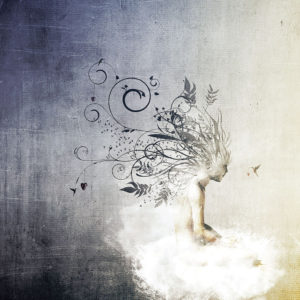 DREAM YOGA
DREAM YOGA
A Conversation with Tenzin Wangyal Rinpoche
Interviewed by Fred Cooper and Chara Nelson
Geshe Tenzin Wangyal Rinpoche, founder and spiritual director of Ligmincha International, is an acclaimed author in the Bön spiritual tradition of Tibet and a highly realized and beloved teacher to many students in the West. His warmth and ability to directly convey the essence of the teachings is apparent in the interview that follows.
Bön is Tibet’s oldest spiritual tradition. As far as spiritual liberation is concerned, Bön and Buddhism both have the same essence, but as far as the lineage, transmission, method, and literature, each has its own different and rich traditions.
Tenzin Rinpoche was born in Amritsar, India. At age 10 he was ordained as a monk at Menri Monastery near Dolanji, India, and recognized by the head teacher, Lopon Sangye Tenzin Rinpoche, as the reincarnation of Khyung Tul Rinpoche, renowned Bonpo meditation master, scholar, and healer (1897-1955). From the age of 13, Rinpoche practiced Dzogchen (the Great Perfection teachings) under masters from Bön and Buddhist schools of Tibet.
[wcm_restrict plans="Sufi Journal Digital Edition, Sufi Journal Digital Edition old"]
O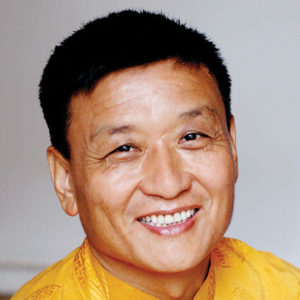 ne of the first to bring Bön teachings to the West, in 1988 he was invited by the Dzogchen master Chögyal Namkhai Norbu Rinpoche to teach in Italy, which brought additional opportunities to teach in other locations throughout western Europe. In 1991 he was awarded a Rockefeller Fellowship at Rice University in Houston, Texas, and continued research into early Bön tantric deities and their relationship to Buddhist traditions in early Buddhist Tibet.
ne of the first to bring Bön teachings to the West, in 1988 he was invited by the Dzogchen master Chögyal Namkhai Norbu Rinpoche to teach in Italy, which brought additional opportunities to teach in other locations throughout western Europe. In 1991 he was awarded a Rockefeller Fellowship at Rice University in Houston, Texas, and continued research into early Bön tantric deities and their relationship to Buddhist traditions in early Buddhist Tibet.
In 1994 he received a grant from the National Endowment for the Humanities to pursue research on the logical and philosophical aspects of the Bön tradition, and appeared on the Discovery Channel, where he explained the principles of Tibetan dream yoga practice as one segment of a three-part series entitled “The Power of Dreams.” His book, The Tibetan Yogas of Dream and Sleep (Snow Lion Publications 1998), is one of the most complete discussions on the practice of dream yoga.
In 1998 Tenzin Wangyal Rinpoche established the Serenity Ridge Retreat Center in the mountains of Nelson County, Virginia, south of Charlottesville.
Can you tell us a little bit about your life and how you got interested in dreams? Dreams are a big part of our Bön tradition. There are so many different elements related to dreams in Bön. When I was growing up, my mother would tell me about her dreams—the ones she had about her guardians. Her guardians were her protectors who guided her throughout her life. In her dreams, the protectors were always dressed in the same way, with the same earrings. Usually they were in the same peaceful mood, but sometimes they appeared in a more ferocious (wrathful) mood. And so, as a child growing up, I know that my mother talking to me about her dreams influenced my interest in dreams. Also, when I was 13 years old, my father asked my teacher if I could be admitted to a very sacred teaching in the Bön religion, which would take place every day for three years. As a condition for being accepted for the teachings (which were the Dzogchen teachings), we were asked to pray for a dream and bring our dream to our teacher the next day. The dream would determine if we were accepted into the sacred teachings—or if not, whether further practices would be needed to ready oneself for the teachings.
In the West, when you apply for college, you have to fill out many pages of forms describing the curriculum you have followed, things that you have learned, who you have studied with, what you’ve written. To be admitted to the sacred teachers however, none of that is considered important. You just have to share your dream with the teacher. That is how important the dream is valued, and the way of judging the maturity of self. If you have a wrong dream that day, you are not admitted to that very important class. Now when I look back, I realize that some of my dreams from that period were very significant. So that describes how my mother, my teacher, and my tradition were looking at dreams. I did not write anything about it then because I was just 13 years old.
Gradually, when I studied the higher tantras (Buddhist mystical text) and received further teachings, I learned that dreams are one of the ways to apply the practices of spiritual development. The western approach to dreams is quite different. In the approaches of Freud and Jung, the utilization of dreams is focused more on personal development rather than the spiritual development, even though there is an element of the latter. But in the Bön Buddhist tradition, dreams are primarily used for spiritual development and support our achievement of liberation, or enlightenment, rather than being used to try to resolve some childhood issues and trauma. The Buddhist approach is to be liberated from endless samsaric trauma and conditions. It is a much greater aim, a more comprehensive way of looking at what the issue is, and how we need to resolve that issue. And we are taught that dream yoga plays a very important role in our liberation from samsara.
When I came to the west, I realized that everybody in the world from every tradition has dreams, whether rich or poor, whether they are yogis, whether they are smart or ignorant. However, not everyone knows the meaning of what we dream each night and the valuable opportunity we have every single night when we go to sleep: to realize one’s blockages, to discover one’s potentiality, to exorcise and heal one’s wounds.
When one is doubtful about this life, one is able to seek some guidance through dreams, therefore there is so much opportunity in the practice of Dream Yoga. I realized that maybe this is something that will be useful for Westerners. So that’s why I wrote the book The Tibetan Yogas of Dream and Sleep, and I also contributed to a three-part series called “The Power of Dreams” for the Discovery Channel. It may also be worth mentioning that video to your readers, since it is available on YouTube.
… not everyone knows the meaning of what we dream each night and the valuable opportunity we have every single night when we go to sleep: to realize one’s blockages, to discover one’s potentiality, to exorcise and heal one’s wounds.
What was your motivation when you wrote this very interesting book? Was it primarily for your students, or to “put out the message” that you shouldn’t waste your time at night but instead use dreams for transformational purposes? My approach to the teaching is not just for particular students. I try to teach something that I am personally engaged in. This engagement is important because I have to spend time reading, practicing and reflecting on it, trying to understand it better and also trying to understand the needs of people in general. At the same time, I realize it’s very useful for everyone: cross-cultural, cross-traditions, cross-spirituality. That was my initial motivation.
What level of maturity does a seeker have to have, to fruitfully work with the methods that you are talking about in your book? I think there will be many different levels. At one level, every dreamer is qualified to practice Dream Yoga. So that’s the starting level. At a deeper level, for example, if you wish to do Dream Yoga practice associated with a tantric deity, then you need to be given the transmission of that particular Buddhist tantric deity by a qualified teacher in order to do that Dream Yoga practice. Or, if you wish to do Dream Yoga based on a particular approach to meditation, then you would also need a transmission for that type of meditation practice from a qualified teacher. So that way there are different levels to doing Dream Yoga.
If you’re trying to learn Jungian analysis, then you need to have some understanding of the Jungian background before you are introduced to the Jungian approach. That applies not only to the Buddhist approach but also to psychoanalytic approaches to dreaming. I think sometimes there is a tendency to tell people that they are “not qualified,” or that they are “not ready.” I believe that if someone says somebody is not ready without saying exactly why, or without even allowing them to become curious about it, this is wrong.
Then you don’t have to embrace the Buddhist path to do this particular work, or do you? Well again, that’s what I said. If you are trying to practice Dream Yoga from a particular Buddhist tantric deity, then you have to be of that Buddhist background. If you are doing Dream Yoga practices from Hinduism, then you don’t have to be become a Buddhist to do them. Or if you are trying to do dream practices from another tradition, you don’t have to be a Buddhist or Hindu to do them. Every tradition has something that starts from the basics of the dream. And those basics I think are very important to understand because we sleep and dream all the time. For example, every day you need to remember the way you see the world that day, the way you are responding to the world, how you are engaging with the world, whether you’re fighting with or struggling with the world, or are you at peace with the world—every single experience of your mind and emotions acting together are preparing a dream for that night, whether a pleasant one or a nightmare.
If you are aware of this connection between our daily life and our dreams, you will be more motivated to be aware every moment of your life. You will be careful not to react, not respond from weakness, and you will try to develop a more spacious approach to your everyday experiences. And every single night before you go to sleep, you just observe your mind: observe if you are upset, lost, or are disconnected, and then relax. Or taking a more active attitude, maybe you are excited and preparing to enter the world of dreams. Just that attitude itself will make your sleep and dreams much better. So there are many simple things to do to prepare for the dream state. And of course, there are many simple things that I try to introduce to people, even though there are more complicated things in my book.
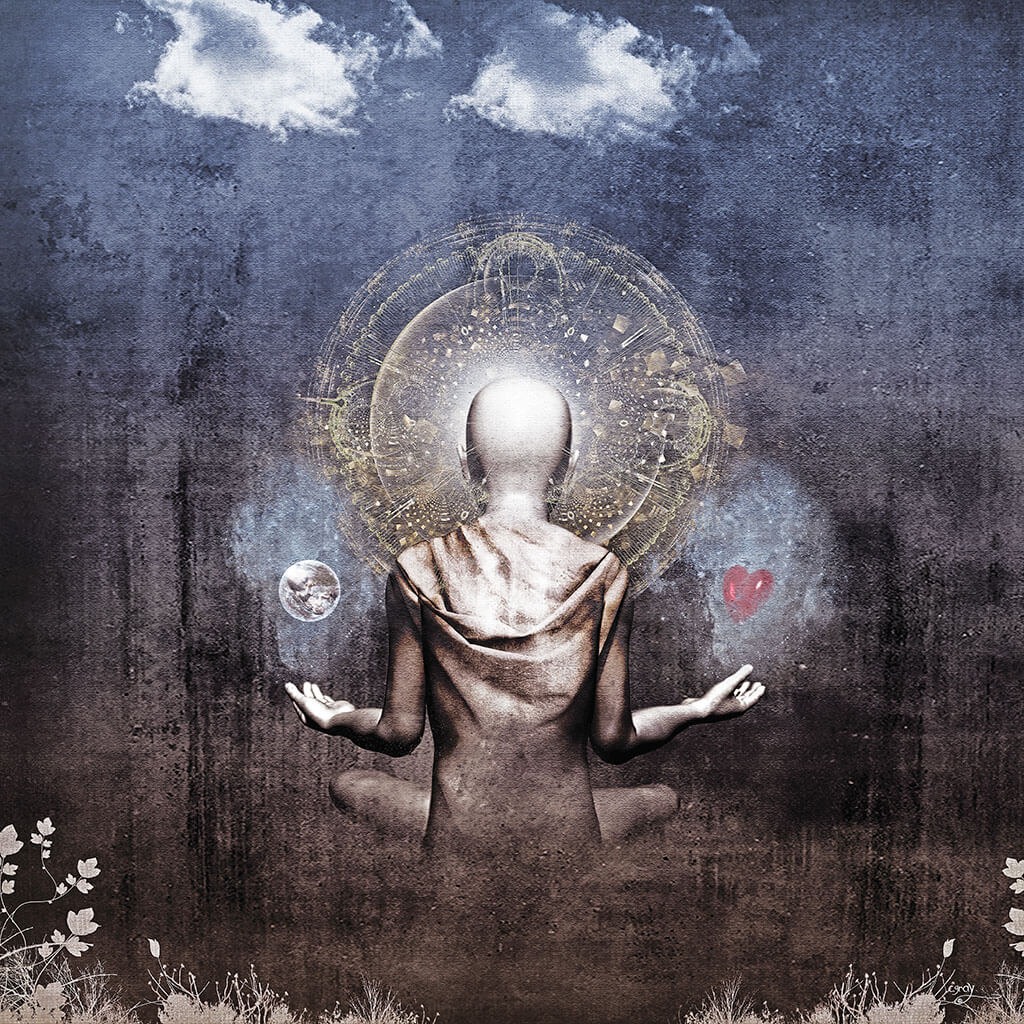
In your book, you are very specific about working with bindu (spheres of light) and seed syllables (the syllables OM, AH, HUM related to qualities of enlightenment). Can you elaborate on that? The way I look at it, those are more complicated practices. I don’t think that those particular practices are for everybody. Actually, the information in my book was already published in Tibetan. I tried to make this information available to people in the world that would not normally have access to those Tibetan materials. As a general principle, what I say is, you look at this approach carefully, but in your practices, you don’t have to do exactly that. What these teachings are trying to tell you is that every night when you go to sleep, your attention is some place in your body.
Maybe it’s in your heart, but not in the form of the four beautiful pranas (vital wind forces), not the sacred syllables, not the wisdom that these syllables represent. Instead what appears is your problem. It’s your wound and it’s your pain that you’re drawn to in your heart. So, what are the consequences of that? You are going to have the same recurring dreams of those wounds again and again, unless you take care of it. In order to resolve this situation without making use of prana or seed syllables, you can bring your warm attention to your heart. Breathe deeper from your heart. Be aware of those wounds, breathe out those wounds, feel more space, feel more connection, feel more comfort, and then go to sleep.
If you do this, then your sleep will be totally different. That’s what the instructions in my book are trying to accomplish. But also, the instructions in the book are telling you how to resolve your pain in very sophisticated way. What I have explained just now is another simpler way to do it.
I read your book on dreams and followed some of the instructions. Usually I have many dreams at night and sometimes I wake up at dawn very agitated. But these last two nights after doing some of the practices suggested in the book I was not agitated when I woke up. Exactly. You know, somebody told me that he was having a hard time sleeping. I said: “Okay, do you know how to meditate on emptiness?” And he said, “What do you do?” I told him to sit in the five-point meditation posture, cross legged with the back straight, and focus on the emptiness of the mind: empty mind is like a clear sky. And he said, “for how long” and I said “for one hour.” Then the next day he came back and I asked him, “How was your sleep?” He said, “I meditated on Emptiness and at some point, I became very tired.” And then I asked, “What did you do?” He said, “I slept.” I said, “And how was your sleep?” and he said “very good.” You see.
Usually, we are not able to clear our mind. According to neuroscience today, one of the most important aspects of the sleep process is that it is a waste-clearing time for the brain. We all need to do that, and good sleep does it. During our meditation time the same thing occurs. We’re trying to clear our mind. We’re trying to clear our waste by meditating on emptiness. So in a dream, we are naturally doing that. We have more chances to do that if we are able to bring a little more awareness before we go to sleep.
In your tradition, do you ever have anything similar to what is called a waking dream – where you’re coming out of dream while waking – and yet you’re still dreaming while awake? When we dream, all our senses are in base consciousness, in a state of sleep. When we talk about Dream Yoga practice, we are referring to dreams occurring in the sleeping state. But some times similar experiences to what happens during the dream state can happen if you are an oracle, in a trance state, or in deep meditation. You’re not sleeping, but you’re in that trance state or deep, deep place, so you are having experiences in that state. And you might think it is similar to a dream, but I think they are different.
As part of learning the practices you describe in your book, how important is it to get a transmission from a qualified teacher in a particular lineage? Yes. So again, this goes back to the first question. It seems like you’re very concerned about that.
Yes. Sometimes when you want to do something in life, don’t ask too many people for permission. [laughter]
I like that answer. The transmission, if it is related to a specific cycle of teaching, a specific deity, then it is good to receive transmission from a person who has those transmissions unbroken: a person who has the knowledge and the qualification to give the transmission and towards whom you feel that you are able to keep the samaya (vows given to initiates) of the transmission (your pledge to do the practice correctly). Then it’s good to follow those things and go into the practice as deeply as possible. But just to work with your dreams, what I always say is to read books. And if there is something in the books that you feel is benefiting you, then use that information and enjoy it. But if you really want to go more deeply into dream practice, and if you feel that you need more support, and particularly if you want to follow a particular cycle of teaching connected with a tantric deity, then it is good to receive that transmission.
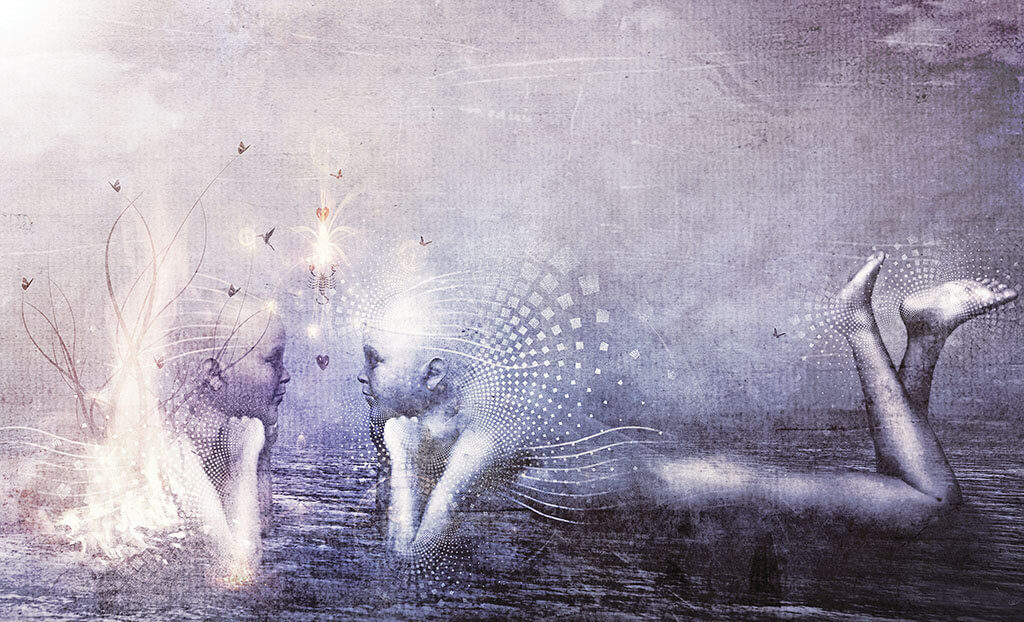
Rinpoche, please tell us about the chakras. Do these openings of the chakras happen naturally as part of the progression of doing this practice or do you have to focus on those chakras to have the benefits occurring while practicing Dream Yoga? All these chakras are energy centers. If you look at the heart chakra for example, we know that in the heart we feel love, warmth, connection, and trust. On the other hand, in the heart we can also feel suspicion, doubt, fear and pain. All these emotions you can feel in your heart in an energetic sense and also a physical sense. We know that love supports our physical heart health and that anger is a risk factor for heart disease or even a heart attack, so the emotions play a very important role in our physical well-being. But in the practices that we do, when we feel more emotion such as love in connection with people, it is definitely a practice of longevity the more you connect with it. Scientists now say that one of the most important factors for living longer is having social interactions every day. It is good to make little connections every day, wherever you are. Interacting with the barista who makes your coffee, and the person who does your laundry and of course, having meaningful interactions with your family. All of this is related to the heart. But in the practices, what we do is to energetically bring our attention to our heart. We say bring spacious, luminous, warm attention to your heart chakra. Just think about that: spacious, luminous, warm attention to your heart chakra. It’s like three precious pills, three medicines. Spacious means that when you bring open attention to your heart, it allows your heart to feel open. It allows the heart to express its anxiety, its tensions.
Luminous means light. Light brings the connection. When you have a luminous connection to your heart, you’re connecting with your heart. So, connection is what is most important in order to feel the heart: to feel its life force and its liveliness. When your heart feels its liveliness then it expresses its warmth. You feel warmth and this warmth is called wind, or prana. These wind and prana are the causes of yourdreams. When these winds are activated in your heart, you are going to have a dream or you are going to have positive emotions and positive thoughts. So, the chakra exercises are very much related to our understanding of that.
Very interesting, because this is the closest I’ve ever heard anyone of the Buddhist tradition talk about Love. Are you talking about heart in terms of that? In the Sufi tradition, love or Divine Love is a vehicle for union or transformation. Would that be through the heart chakra? Yes, absolutely.
Do you have anything else to say about love, not in terms of emotion, but in terms of a higher Love? Yes. The ultimate sense of love is not particular thoughts, or feelings, or emotions. Ultimate Love is the absence of any disturbances or hate; which is the nature of the truth, which is the nature of the true self, absence of all hate. And that true self is love. That is why we say the true self is spacious and luminous. The union of spacious and luminous is the ultimate sense of love. Warmth is the expression of that space and awareness. The emotions are the creative manifestation of that warmth—the expression of the boundless space and infinite awareness. So, boundless space in union with infinite awareness is more like ultimate Love. And what we usually call love, usually as an emotion, is a connection, a manifestation called creative manifestation, or warmth, or we say, “qualities.”
Connectedness that we feel from doing that also is connecting us to some truth, correct? That we all are one being? Yes. Connection is always that. You can say this in many different ways. You can say, connection to the God or to the collective consciousness, or to your true self. You can also say connection to your inner refuge or to the truth. You can say whatever you want to say, but it means the same thing. Nowadays, probably when people think about a connection, they are thinking about the internet. [laughter] How strong the connection is to the internet is shown by one bar, two bars, or three bars, on our cell phone or computer. [more laughter] The more bars, the stronger connection you have. When you have more bars, your ability to download and upload is greater and faster. If you have a slow connection or a weak connection, then you can neither upload nor download. Similarly, when our connection to God is weak, you can neither ask nor can you see.
The ultimate sense of love is not particular thoughts, or feelings, or emotions. Ultimate Love is the absence of any disturbances or hate; which is the nature of the truth, which is the nature of the true self, absence of all hate. And that true self is love. That is why we say the true self is spacious and luminous.
That’s a beautiful analogy. Can we use this, please? Yes please, it’s a free trademark.
Rinpoche, do you have any closing remarks about why you think people should really work with their dreams? We all sleep every night and we will continuously be sleeping every night until we achieve enlightenment. Therefore, the practice of dream yoga is an important opportunity for every single breathing being to have access to greater truth. So use that opportunity for your liberation. That’s my request to every listener. May you all be liberated through your Dream Yoga practice.
It was a pleasure meeting you. Thanks so much.
[/wcm_restrict]
ARTWORK © CAMERON GRAY
[wcm_restrict plans="Sufi Journal Digital Edition, Sufi Journal Digital Edition old"]
RETURN TO ISSUE 97 TABLE OF CONTENTS
[/wcm_restrict]
[wcm_nonmember]
To read this article in full, you must Buy Digital Subscription, or log in if you are a subscriber.
[/wcm_nonmember]
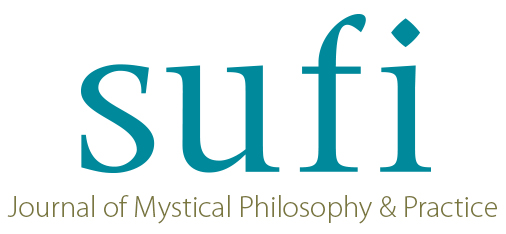

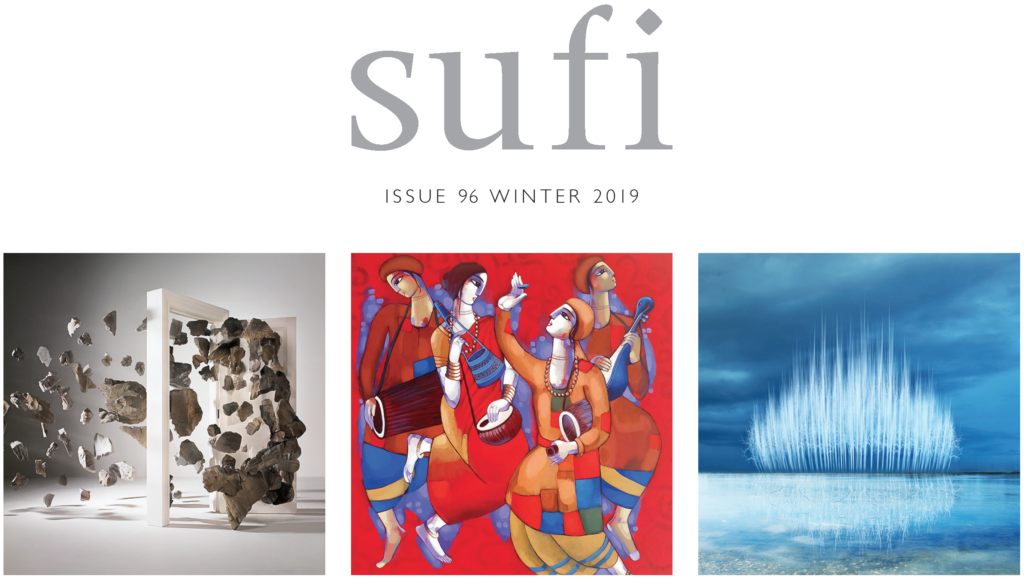
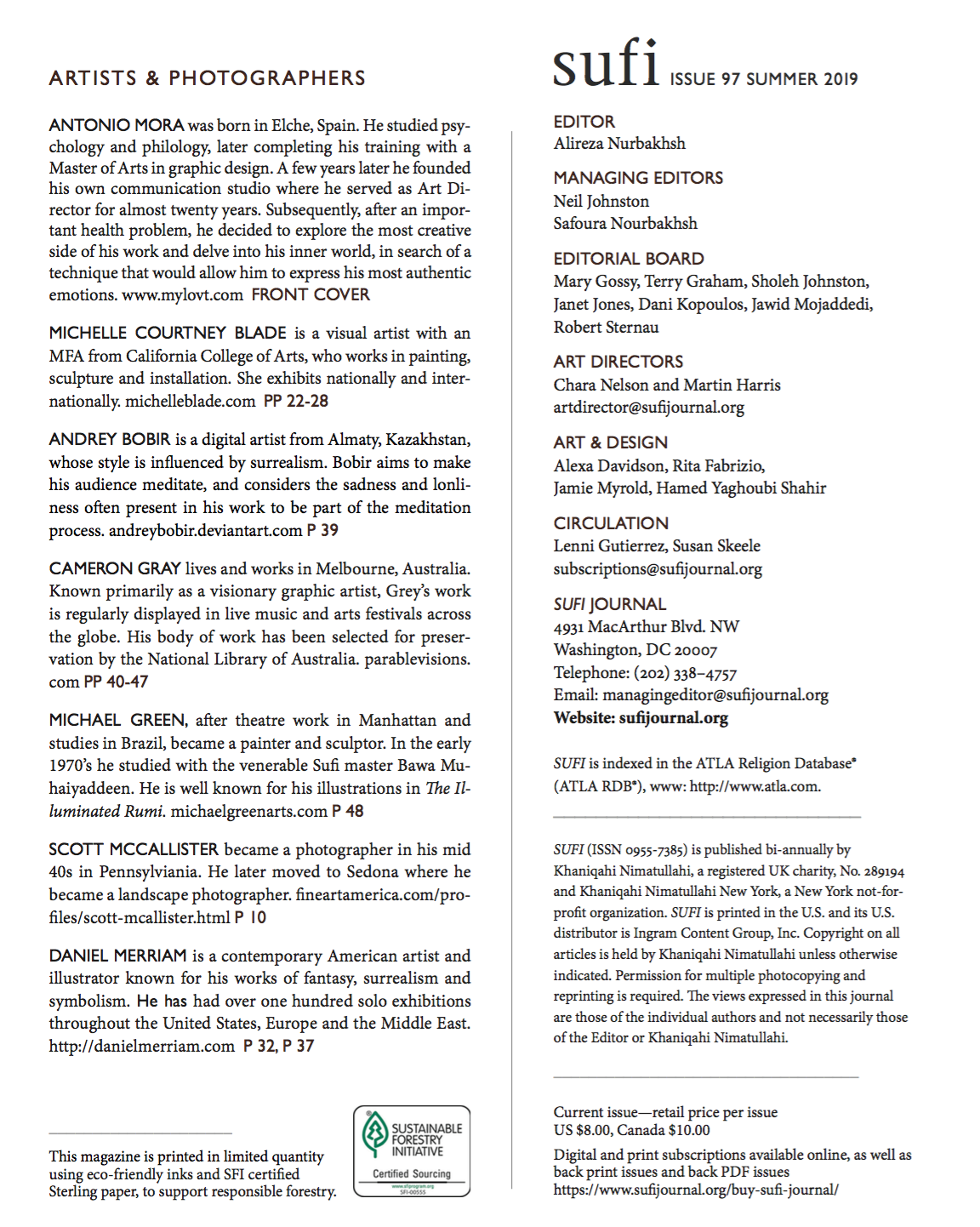


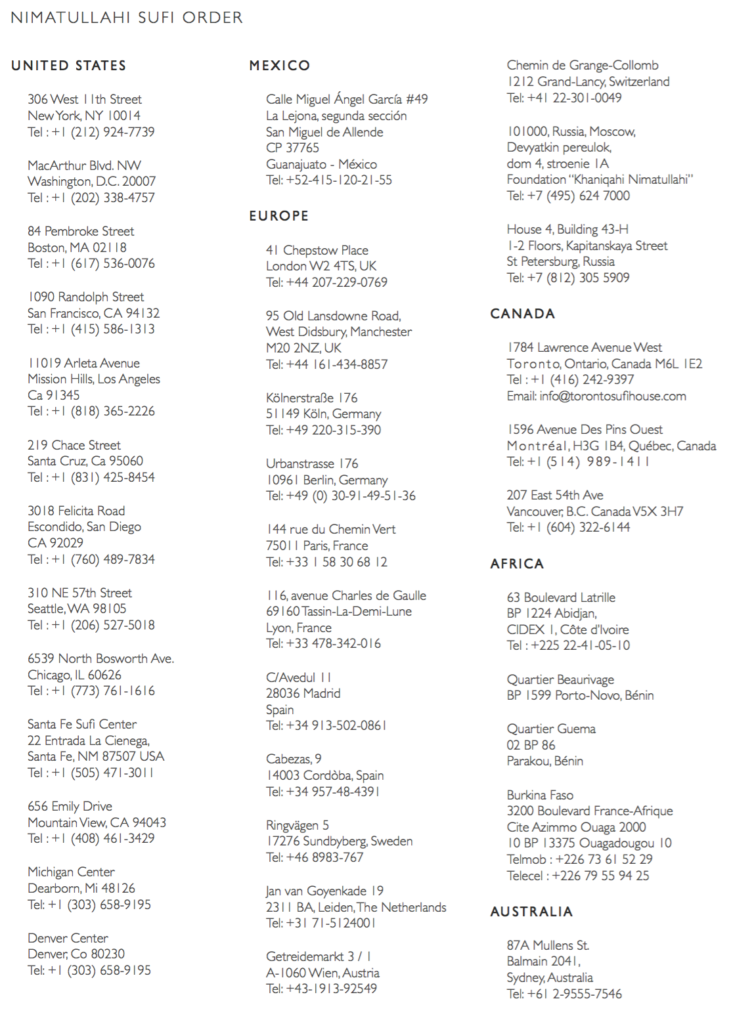
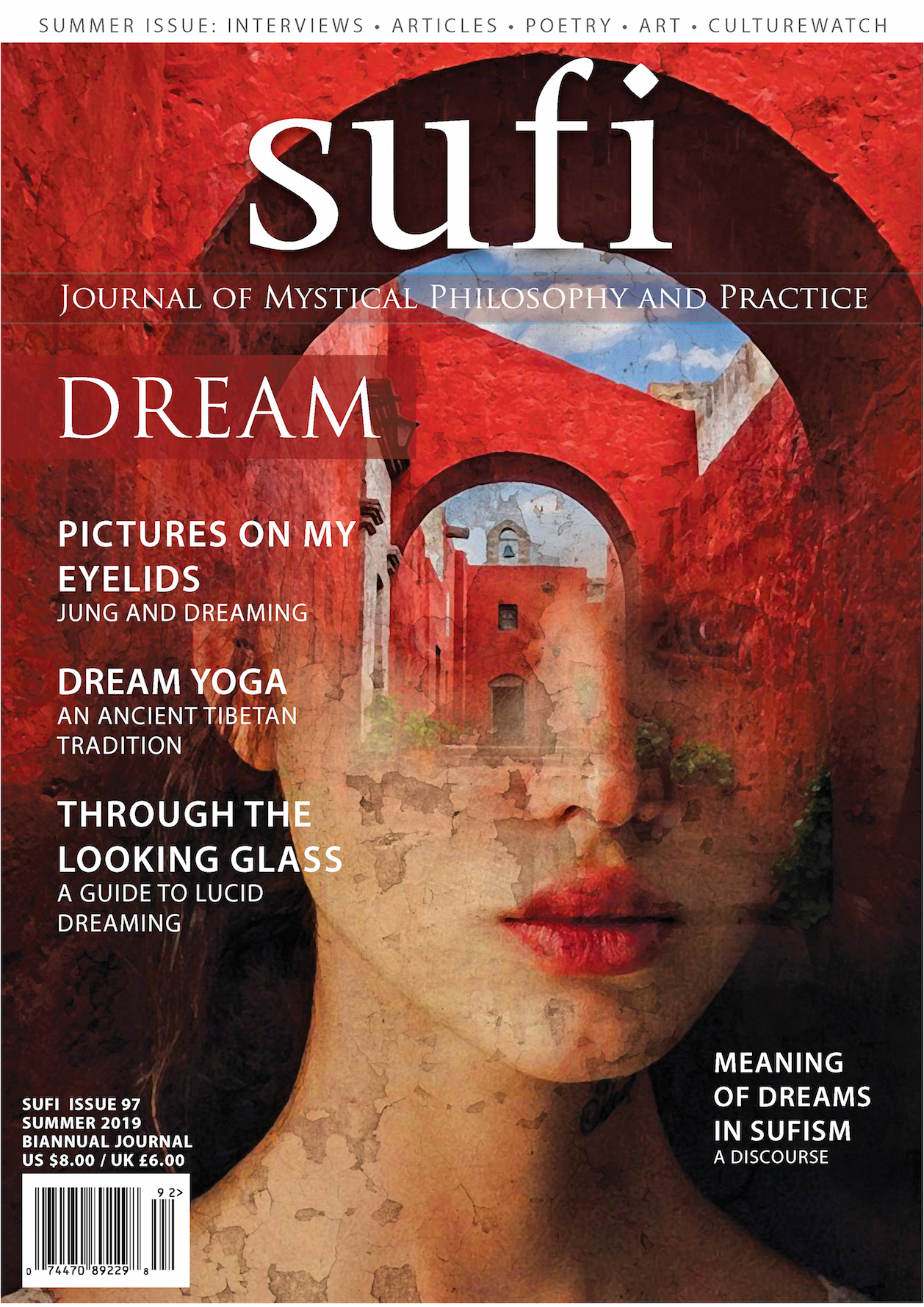
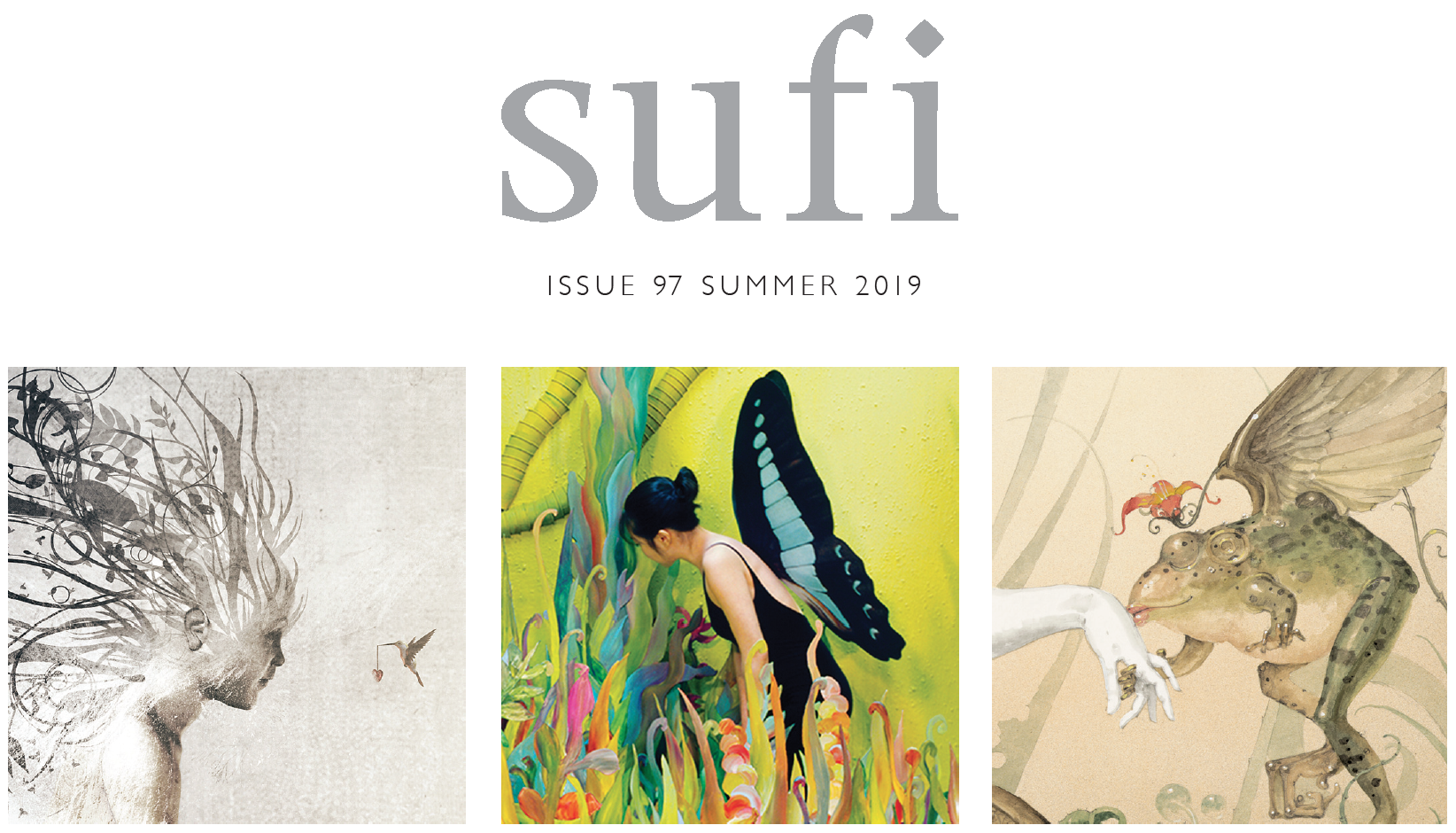

 ne of the first to bring Bön teachings to the West, in 1988 he was invited by the Dzogchen master Chögyal Namkhai Norbu Rinpoche to teach in Italy, which brought additional opportunities to teach in other locations throughout western Europe. In 1991 he was awarded a Rockefeller Fellowship at Rice University in Houston, Texas, and continued research into early Bön tantric deities and their relationship to Buddhist traditions in early Buddhist Tibet.
ne of the first to bring Bön teachings to the West, in 1988 he was invited by the Dzogchen master Chögyal Namkhai Norbu Rinpoche to teach in Italy, which brought additional opportunities to teach in other locations throughout western Europe. In 1991 he was awarded a Rockefeller Fellowship at Rice University in Houston, Texas, and continued research into early Bön tantric deities and their relationship to Buddhist traditions in early Buddhist Tibet.
